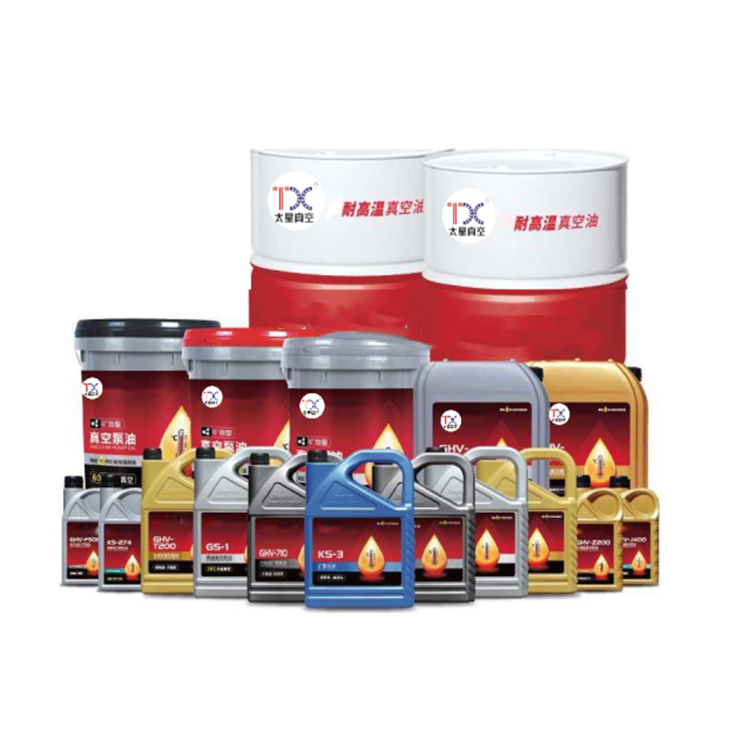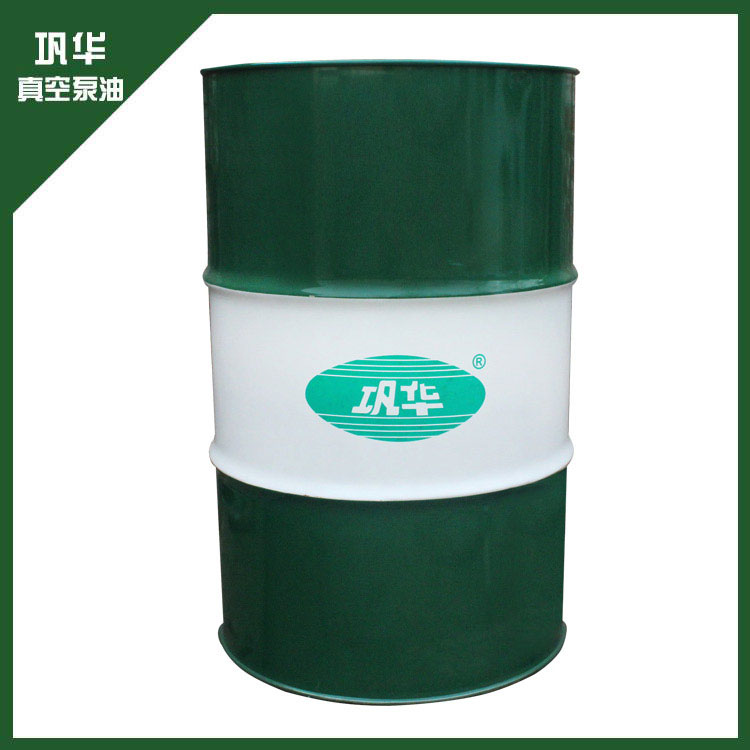 Which parameters of vacuum pumps oil directly affect the vacuum degree?
Aug 14, 2024
Which parameters of vacuum pumps oil directly affect the vacuum degree?
Aug 14, 2024
Which parameters of vacuum pumps oil directly affect the vacuum degree?
The viscosity of vacuum pump oil is one of the key parameters that directly affects the vacuum degree. The following is the relationship between vacuum pump oil viscosity and vacuum degree, as well as an introduction to the viscosity selection principle:
Relationship between vacuum pump oil viscosity and vacuum degree
Effect of viscosity on vacuum degree:
The viscosity of vacuum pump oil directly affects the performance of oil mist separator. Increased viscosity will cause blockage of oil mist separator, increase the difficulty of gas discharge, and thus reduce vacuum degree.
The quality of vacuum pump oil depends on viscosity and vacuum degree, and the vacuum degree depends on the value under different temperature conditions. The higher the temperature, the more stable the vacuum degree performance, which is a good oil.
Performance of vacuum degree at different temperatures: At higher temperatures, if the vacuum degree can be stable, it means that the oil is suitable.
Other types of vacuum pumps: Choose the corresponding oil according to their speed, processing accuracy, ultimate vacuum, etc.
Selection range and principles of vacuum pump oil viscosity
Pump speed and rotor linear speed: The higher the speed and rotor linear speed, the lower the oil viscosity should be.
The machining accuracy of pump components and the gap between friction parts: The higher the machining accuracy or the smaller the friction gap, the lower the viscosity of the selected oil should be.
Pump speed and rotor linear speed: The higher the speed and rotor linear speed, the lower the oil viscosity should be.
The machining accuracy of pump components and the gap between friction parts: The higher the machining accuracy or the smaller the friction gap, the lower the viscosity of the selected oil should be.
High temperature conditions and cooling water circulation: Under high temperature conditions, oil with higher viscosity should be selected; vacuum pumps with cooling water circulation generally use oil with lower viscosity.
1. Recommended vacuum pump oil viscosity range:
1. Piston vacuum pumps (W type) can use ordinary engine oil, with a viscosity grade of V100 or V150.
2. The rotary vane vacuum pump (2X type) uses oils with viscosity grades of V68 and V100.
3. Direct-connected (high-speed) rotary vane vacuum pump (2XZ type) uses oils of viscosity grades V46 and V68.
4. The sliding valve vacuum pump (H type) uses oils with viscosity grades of V68 and V100.
5. Trochoidal vacuum pumps (YZ, YZR) use oils with viscosity grades of V100 and V150.
6. For the lubrication of the gear transmission system of Roots vacuum pump (mechanical booster pump), V32 or V46 vacuum pump oil can be used.
2. Viscosity selection principle
The selection of oil viscosity is one of the important factors affecting the performance of vacuum pumps. The viscosity of a liquid is the resistance to the flow of the liquid, or the internal friction of the liquid. The greater the viscosity, the greater the resistance to the movement speed of various components, the higher the temperature rise, and the greater the power loss; if the viscosity is too low, the sealing performance of the pump will deteriorate, causing gas leakage and vacuum deterioration. Therefore, the selection of oil viscosity for various vacuum pumps is extremely important. The principles for selecting oil viscosity are:
1. The higher the pump speed, the lower the viscosity of the oil should be.
2. The greater the linear speed of the pump rotor, the lower the viscosity of the selected oil.
3. The finer the processing accuracy of the pump components or the smaller the gap between the friction parts, the lower the viscosity of the selected oil.
4. When the vacuum pump is used under high temperature conditions, it is better to choose oil with higher viscosity.
5. For vacuum pumps with cooling water circulation, it is generally better to use oil with lower viscosity.
A vacuum pump is a device or equipment that uses mechanical, physical, chemical or physicochemical methods to evacuate the container to obtain a vacuum. In layman's terms, a vacuum pump is a device that uses various methods to improve, generate and maintain a vacuum in a closed space.
According to the working principle of vacuum pump, vacuum pump can be basically divided into two types, namely gas capture pump and gas transmission pump. It is widely used in metallurgy, chemical industry, food, electronic coating and other industries.
Other important performance indicators of vacuum pump oil
Viscosity: Appropriate viscosity can ensure the sealing performance of the pump and reduce energy loss
Antioxidant stability: Strong antioxidant stability can extend the service life of the oil and reduce the performance degradation caused by oil deterioration
Anti-corrosion and anti-emulsification properties: These properties protect the pump from damage by corrosive gases and water vapor, maintaining the performance of the oil
Scientific research and experiments : widely used in scientific research fields, such as physical experiments, chemical synthesis, and nanotechnology. It ensures the high vacuum degree and stable operation of the experimental device, providing scientists with accurate data and reliable results.
Industrial manufacturing and processing : In the industrial manufacturing process, vacuum pumps are the core components of many important equipment. They provide excellent lubrication, effectively reduce friction loss, noise and vibration, and play an important role in industries such as glass products, electronic components production and automobile manufacturing.
Medical equipment and semiconductor technology : Medical equipment and semiconductor technology have very high requirements for vacuum and stability. Atlas vacuum pump oil can provide lubrication to ensure the reliable operation of medical equipment and meet the strict process requirements in semiconductor manufacturing.
Vacuum pump oil in the food industry : Vacuum is used in the baking, smoking, evaporation, drying, cooling and final packaging of foods, including cheese, meat, ready meals and vegetables. GongHua's vacuum pumps help maintain high-quality production, ensure a long shelf life of products and achieve customer satisfaction
Vacuum Pump Oil in Brick and Clay Manufacturing : Clay degassing is the process of removing trapped air and gases from clay and is essential for the brick and tile manufacturing industry. Vacuum technology plays an important role in the processing and manufacturing of tiles, bricks and most ceramics. GongHua vacuum pumps can be used to remove air bubbles and volatile gas compounds from raw clay and therefore play an important role in this industry.
Importance of Vacuum Pump Oil Selection
Choosing the right vacuum pump oil is essential to ensure the performance of the vacuum pump, extend the service life of the pump, and improve working efficiency. GongHua provides a variety of vacuum pump oils, including mineral oil, synthetic oil, ester oil, and fluorine oil to meet different working environments and needs.
By selecting the right vacuum pump oil, GongHua is able to help customers achieve efficient and stable vacuum processing in various application fields, thereby improving production efficiency and product quality.

 What are the guidelines for vacuum pump oil replacement and maintenance
Aug 20, 2024
What are the guidelines for vacuum pump oil replacement and maintenance
Aug 20, 2024
 Which parameters of vacuum pumps oil directly affect the vacuum degree?
Aug 14, 2024
Which parameters of vacuum pumps oil directly affect the vacuum degree?
Aug 14, 2024